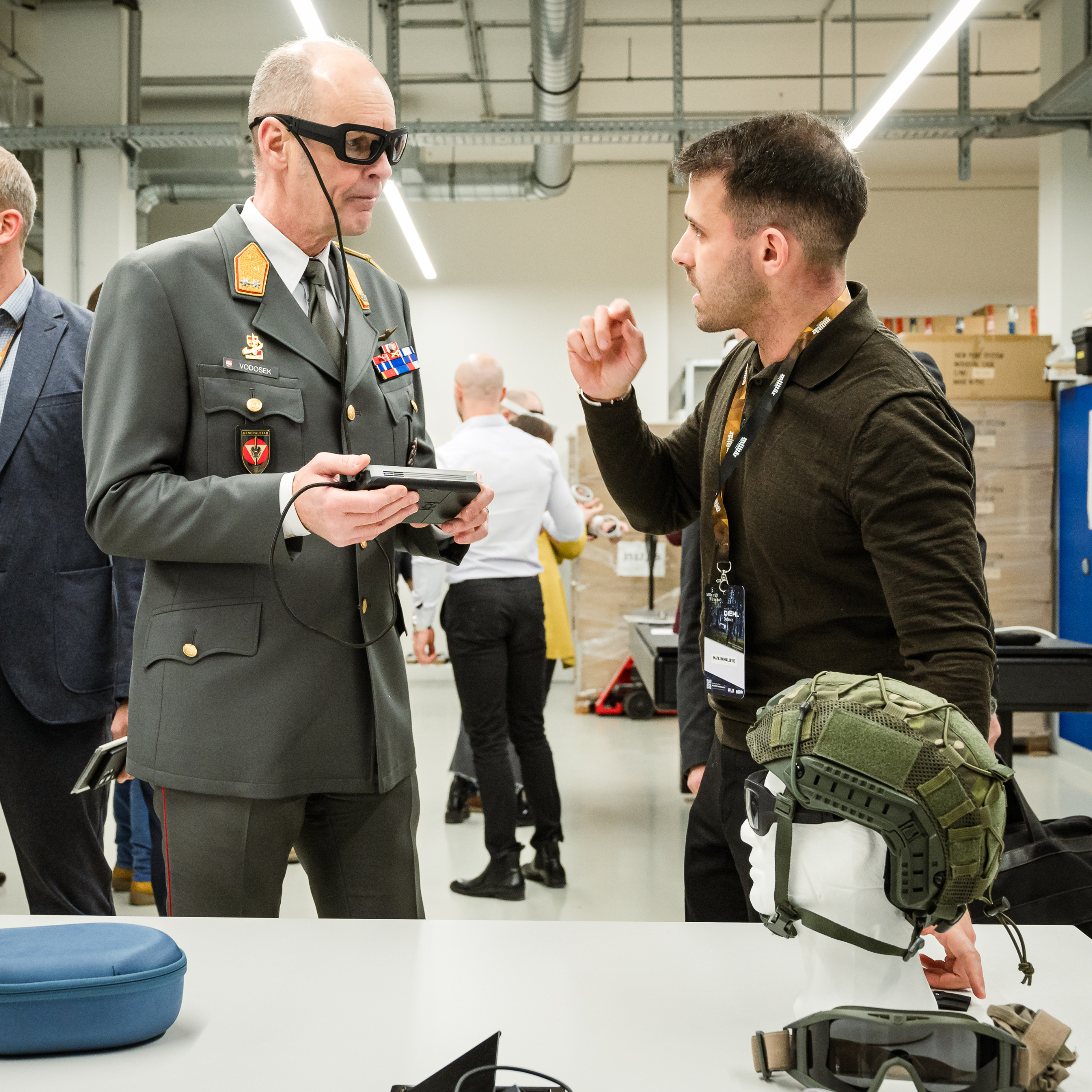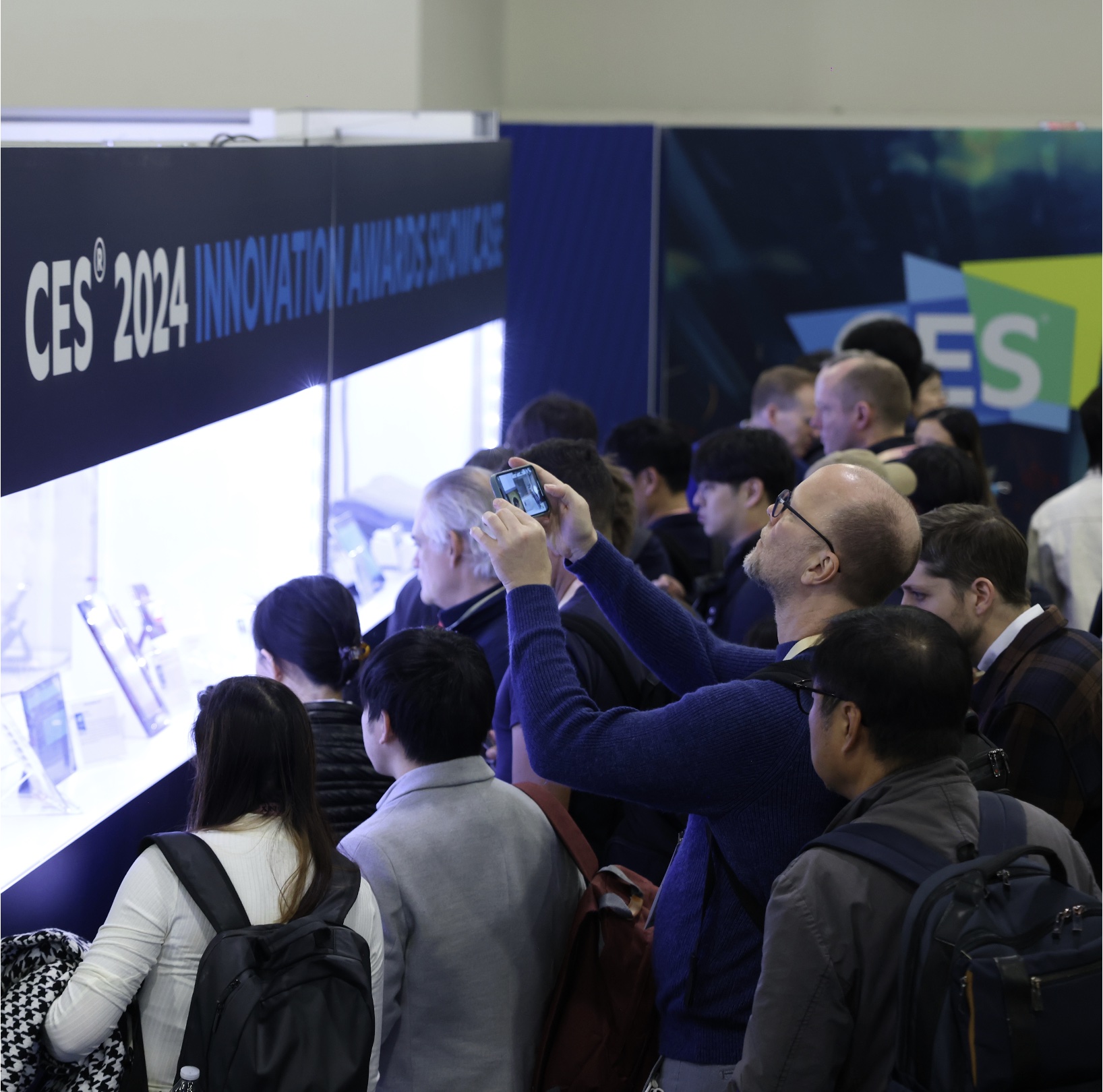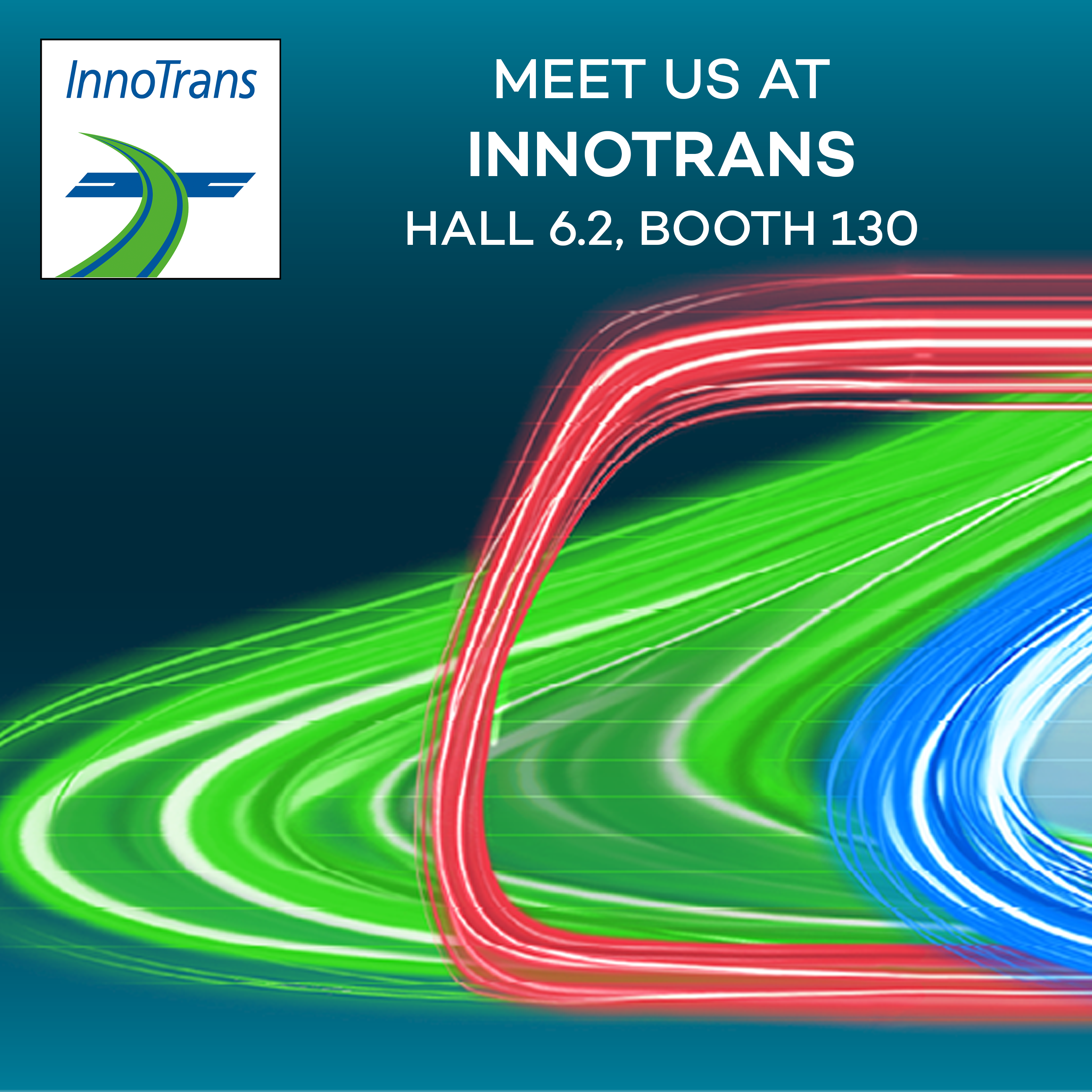
By Alejandro Gloriani
A month has passed since ETRA 2022, the best and most renowned eye tracking conference of its kind. The aim of ETRA (full name: ACM Symposium of Eye Tracking Research & Applications) is to bring together researchers across disciplines to advance eye tracking research and its applications. And this year, the organizers and everyone contributing really succeeded in doing that in every respect. We are still excited about the atmosphere, and the wealth of thought-provoking research and amazing applications of eye tracking we experienced.
Topics such as robustness and reliability for consumer applications (in AR/VR), data privacy and ethics in eye tracking, user recognition, standardization, etc., were discussed. In addition to tutorials and discussions, one of the keynotes was held by Sophie Stellmach, Design & Science Lead at Microsoft Mixed Reality. At least four other sessions focused on eye tracking in augmented, virtual and mixed reality. This already shows where the journey is heading: eye tracking is making its way into consumer applications!
Here are our three key takeaways from ETRA 2022:
EYE TRACKING AND THE FUTURE OF AR
With companies such as Meta, Google, Sony, etc. attending, ETRA 2022 showed: Eye tracking is a hot topic these days and considered by Big Tech as one of the most effective and promising technologies to advance augmented, mixed and virtual reality. By letting the device know where the user is looking and where their attention is, eye tracking can make interaction with AR/MR glasses more natural and intuitive, paving the way for mainstream AR and everyday consumer applications.
In a future in which we may want to wear smart glasses for several hours a day, it is mandatory to offer the user flexible and reliable interaction options, depending on individual preferences and needs in our everyday lives. Here, the interaction via so-called eye gestures, replacing or complementing interface technologies such as touch and voice control, is a very promising and, above all, natural and socially acceptable way to go.
NEW FORM FACTORS ARE REQUIRED TO DELIVER EYE TRACKING TO CONSUMERS
Integrating eye tracking technology into smart glasses is challenging though. One of the major tasks for the next few years will therefore be to develop new form factors, with which eye tracking technology can be integrated into external devices in a robust, functional, and yet simple and reliable manner. With our new “Digital Iris Inside” module series, we are at the forefront of this development and will soon be able to offer professional eye tracking to other technology providers – for the first time in a standardized, ready-to-use format.
Another exciting new technology concept presented in this context were sensors for calibration-free and camera-free eye tracking. The idea behind this is to explore alternatives to the commonly used video-based-oculography (VOG) method for eye tracking, especially thinking in AR/VR applications. Although eye tracking based on laser scanning using micro-electro-mechanical systems (MEMS) micro-mirrors was proposed a couple of years ago, there is still exciting research going on, trying different tracking methods with this very low power consumption approach. The goal is to increase the robustness of pupil detection, a key factor in integrating this technology into consumer AR glasses.
EYE TRACKING IN HEALTHCARE AND MEDICINE
There are many uses of the eye tracking in the medical field. Not only it is very well-known for training or research, but it can be also used in the diagnosis of different types of conditions, such as neurodegenerative or ocular diseases. In a dedicated panel on this topic during the conference, it was also discussed the usefulness and positive impact that eye tracking technology could have during the triage in an emergency room.
One of the challenges is how to bring these new technologies closer to the physicians who treat patients, not just those who are involved in research. A second challenge is how to treat eye tracking data in medical applications. During the conference, there was a workshop dedicated to privacy and ethics in eye tracking, a necessary discussion now since eye tracking technologies have more and more applications beyond research labs.
Below are some impressions from ETRA 2022. Many thanks to the organizers and to the Seattle Children’s Hospital Research Foundation for providing the location and the technical support. We are already looking forward to #ETRA2023 in Tübingen!














